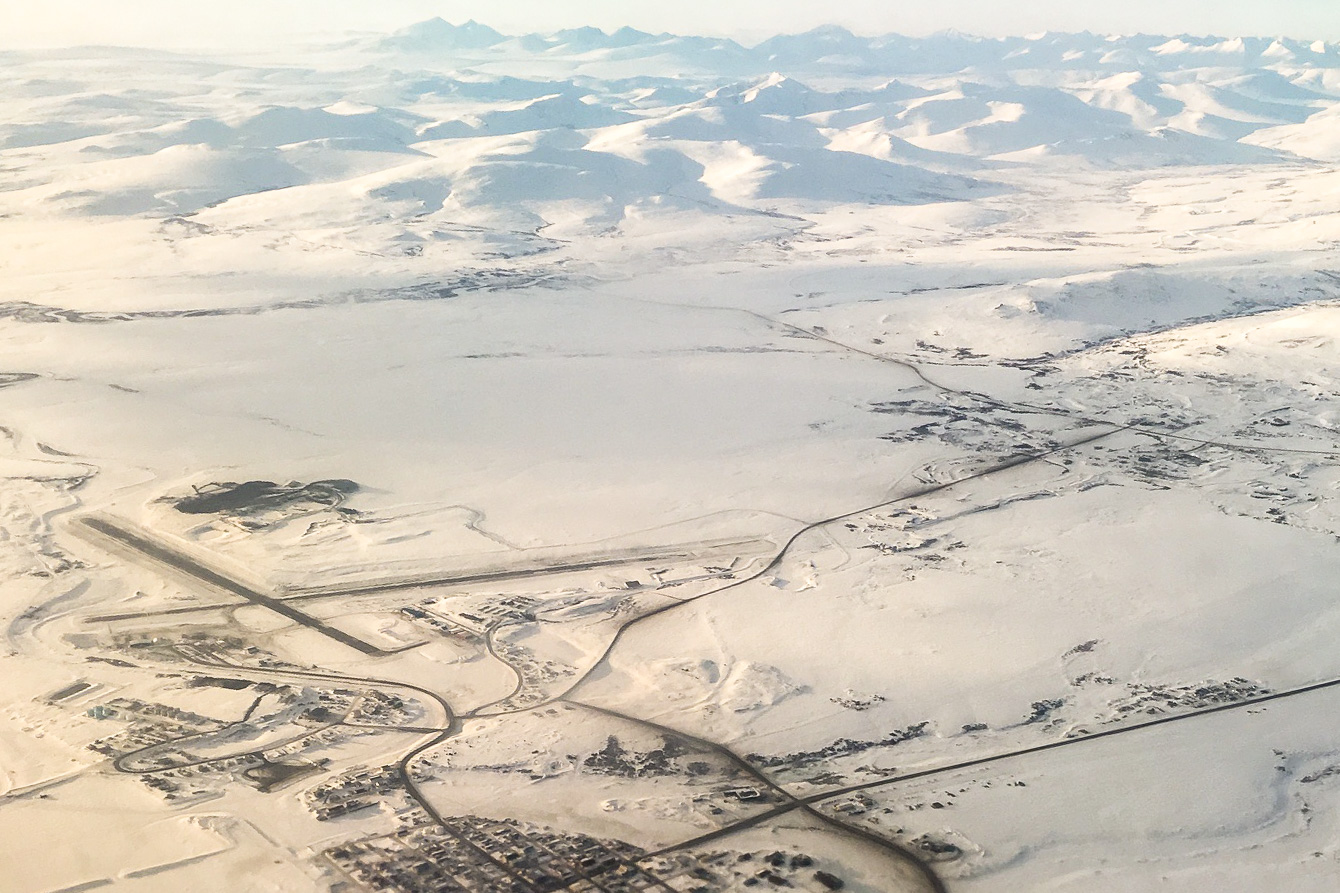Results released yesterday from a State of Alaska epidemiology test show four individuals were hospitalized from a type-E botulism outbreak in Nome earlier this year. One of those patients was Thomas Menadelook, Jr., of Little Diomede, who died 13 days after the onset of botulism symptoms.
According to the Department of Health and Social Services (DHSS), during a potluck in Nome at the beginning of January, 14 people ate food during the event, and nine of them reported at least one symptom compatible with botulism. Of those experiencing severe symptoms, like vomiting, double vision, and dizziness, four patients were hospitalized and confirmed as botulism cases.
The DHSS Epidemiology office says the source of the type-E botulinum toxin was an aged beluga whale flipper consumed during the potluck in Nome on New Year’s Day (Jan. 1, 2019). All four patients were identified as Alaska Native, including Menadelook, who was the only fatality from the botulism outbreak.
Louisa Castrodale, an epidemiologist with the state, says the toxin can be found all over. It’s ubiquitous, but it prefers an environment where there is no oxygen.
“If food is prepared where there is more oxygen, there are things like dropping the PH or adding salt which would potentially make an environment, where the food is kind of aging, less hospitable for that toxin to be produced. And it’s susceptible to heat, so, if you boil something or cook something, you would rid the toxin that way.”
According to DHSS, all foodborne cases of botulism in Alaska from 1950–2017 occurred after the consumption of traditionally-prepared Alaska Native foods. Before this incident, the last death attributed to botulism happened in 2014.
Image at top: file photo: An aerial view of Nome, Alaska, and the surrounding countryside, March 2017. Photo: Margaret DeMaioribus, KNOM.





